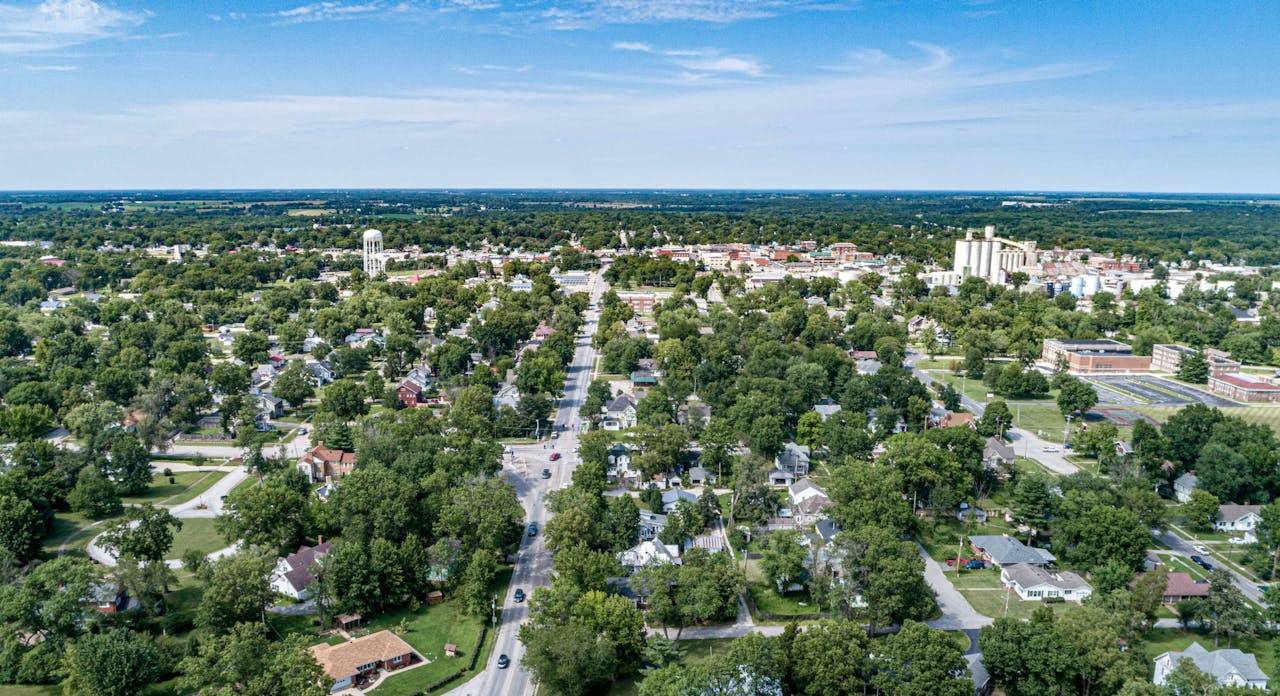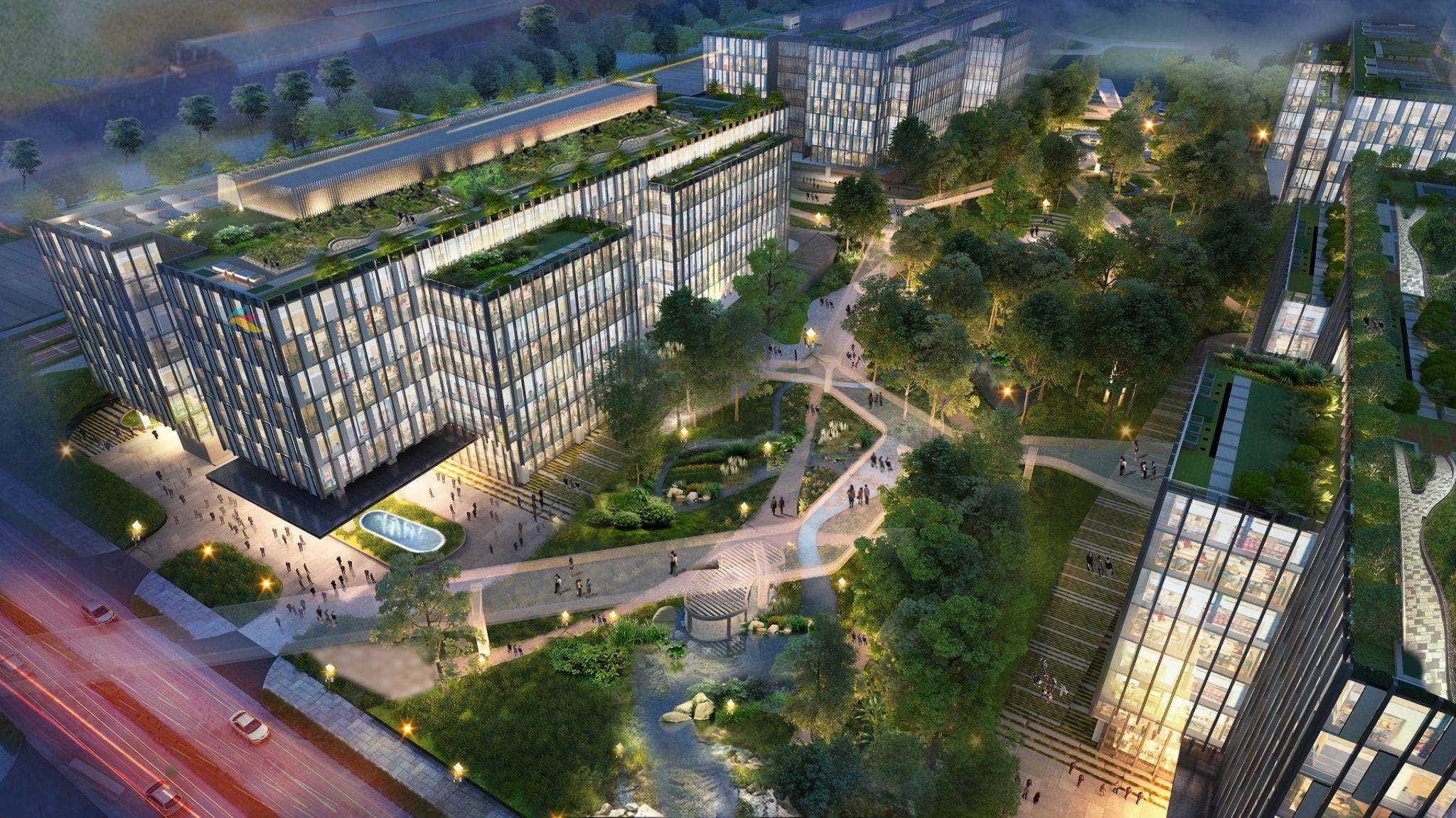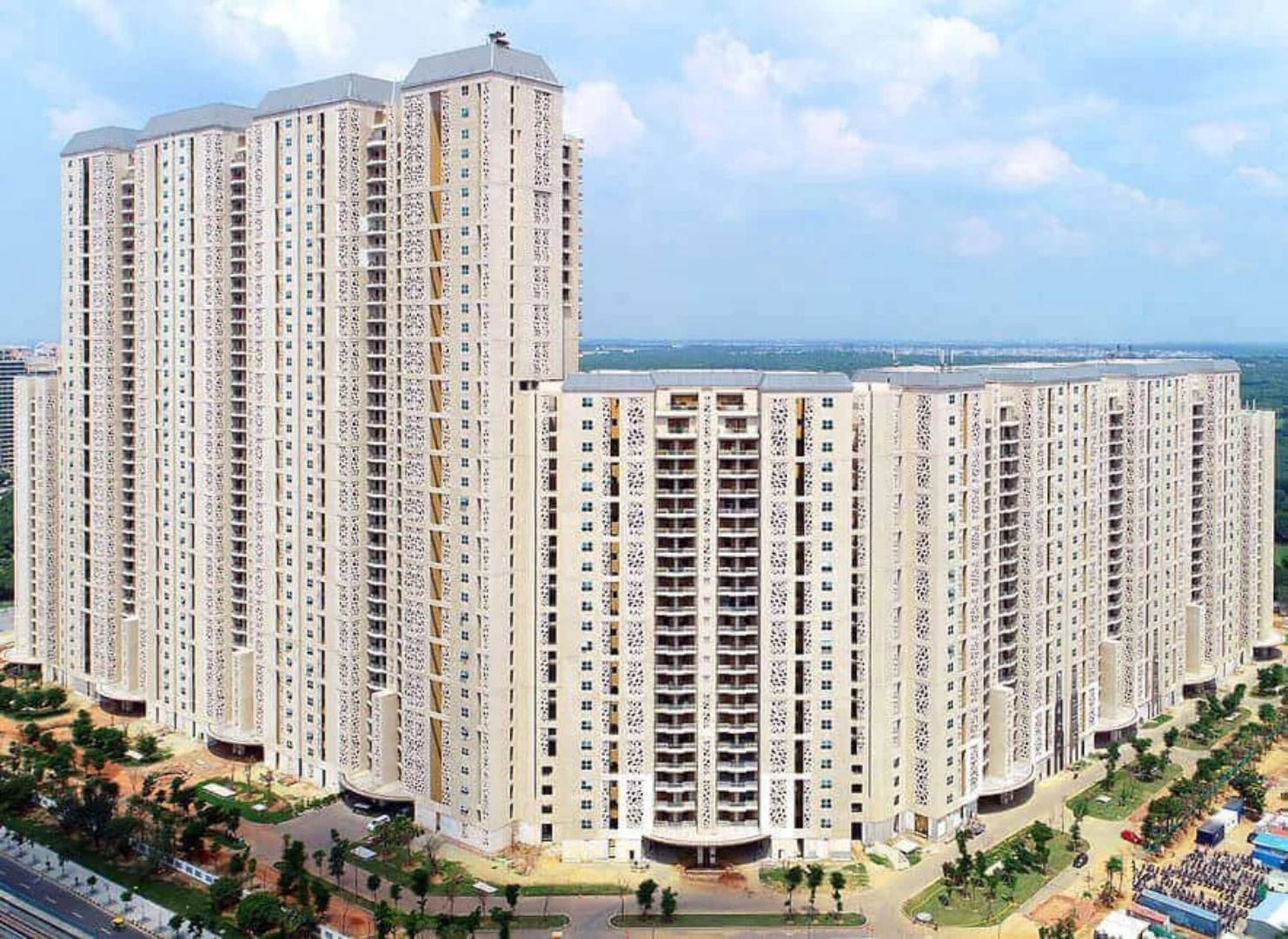The recent inauguration of the Mumbai-Nagpur Samruddhi Expressway marks a significant milestone in Maharashtra’s infrastructure development. This 701-kilometer six-lane access-controlled highway, officially known as the ‘Hindu Hridaysamrat Balasaheb Thackeray Maharashtra Samruddhi Mahamarg’, drastically reduces travel time between Mumbai and Nagpur from around 16 hours to just eight hours. The expressway is expected to have wide-ranging effects on the state’s economy and real estate sector, particularly in cities along the corridor.
Key Features and Connectivity Improvements
The expressway provides a direct and faster route, bypassing previously congested and hilly areas such as the Kasara Ghat, thereby improving safety and travel convenience. The latest completed stretch between Igatpuri in Nashik district and Amane in Bhiwandi taluka of Thane district completes the corridor, making the entire length operational.
By connecting Mumbai, Nagpur, and intermediate cities like Aurangabad and Nashik, the expressway enhances connectivity not only for passenger traffic but also for freight movement. It links with major industrial corridors such as the Delhi-Mumbai Industrial Corridor (DMIC) and the Western Dedicated Freight Corridor, thereby positioning Maharashtra as a logistics hub on the national map.
Economic and Industrial Implications
The improved connectivity is expected to catalyze growth across industrial, logistics, and tourism sectors. Maharashtra’s government has identified 24 development nodes along the expressway corridor, earmarked for agri-processing centers, industrial estates, tourism promotion, and skill development hubs.
Cities like Nashik, Aurangabad, and Bhiwandi are set to become focal points for logistics and warehousing projects. These developments are expected to generate employment and encourage investment in areas that have remained underdeveloped, such as Wardha, Washim, and Jalna districts.
Nagpur, in particular, stands out as an emerging investment destination. With its central location in the state and connectivity through five expressways including the Samruddhi, Nagpur is home to major industrial zones such as Butibori and Hingna. The Multi-Modal International Cargo Hub and Airport at Nagpur (MIHAN SEZ) adds to its prominence, facilitating both domestic and international trade.
Impact on Real Estate Markets
The expressway’s completion has already influenced land and property prices, especially around Nagpur. Since 2022-23, land prices near the Samruddhi Circle area have increased by nearly 3.7 times compared to 2015, with projections estimating a 5.2 times rise by 2035. Current land prices for plotted developments in this zone range between ₹3,000 and ₹5,000 per square foot, reflecting growing investor interest.
Several micro-markets along the corridor show high potential for residential and commercial real estate growth. These include:
- Hingna: Known for industrial and residential development.
- Samruddhi Circle: Emerging as a luxury housing market, attracting national developers.
- Wardha Road/Besa: Growing due to improved connectivity and availability of land.
- Shivmadka: Increasingly popular for residential projects with improved infrastructure.
The expressway also supports upcoming infrastructure projects like the Metro Phase 2 expansion in Nagpur and the Nagpur Airport terminal expansion, which are expected to further enhance the area’s real estate appeal.
Residential Real Estate Outlook
While the expressway improves access and reduces travel time significantly, experts suggest that the impact on residential real estate markets may be more gradual. Improved connectivity can increase demand for housing in peripheral areas, as people seek affordable living options within reach of major cities.
Tier 2 cities along the route, especially Nagpur, are likely to benefit as affordable housing and plotted developments attract homebuyers from more expensive metropolitan areas like Mumbai. The reduced commute times also make it feasible for professionals to consider residing in these cities while maintaining business or work connections with Mumbai.
Commercial and Industrial Real Estate Growth
The expressway’s influence is expected to be particularly strong in industrial and logistics real estate sectors. The corridor will enable quicker movement of goods and reduce transportation costs for manufacturers, traders, and logistics providers.
This is likely to increase demand for warehouses, distribution centers, and industrial parks in cities like Nashik, Aurangabad, Bhiwandi, and Nagpur. Industrial zones along the expressway stand to benefit from better connectivity to ports and airports, supporting the growth of export-oriented units and large-scale manufacturing operations.
Tourism and Hospitality Development
Beyond industry and housing, the expressway is expected to boost tourism in several temple towns and cultural sites along the route. Improved road access makes destinations such as Shirdi more attractive to tourists, potentially driving growth in hospitality real estate, including hotels, resorts, and related services.
While the residential real estate market might not see immediate large-scale transformation due to tourism alone, hospitality and service sectors stand to gain significantly.
Challenges and Considerations
Despite the positive outlook, the expressway’s real estate impact faces certain challenges. Land acquisition and regulatory clearances remain hurdles in some areas, which could delay project implementation.
Additionally, the rising costs of construction materials and labor shortages could affect the pace and scale of new developments. Furthermore, the overall economic environment, including interest rates and policy measures, will continue to play a vital role in shaping the real estate sector’s growth trajectory along the corridor.
The Mumbai-Nagpur Samruddhi Expressway is set to be a transformative infrastructure project for Maharashtra, enhancing connectivity, stimulating industrial growth, and encouraging real estate development across the region. Its strategic alignment with national corridors and focus on development nodes makes it a catalyst for economic activity in several underdeveloped areas.
While the expressway is expected to spur rapid growth in commercial, industrial, and logistics real estate, the residential market is likely to experience steady and sustainable expansion, especially in Tier 2 cities like Nagpur. As infrastructure projects such as metro expansions and airport upgrades progress, the region’s appeal for investors, businesses, and homebuyers will continue to strengthen.
Image source- adanirealty.com









